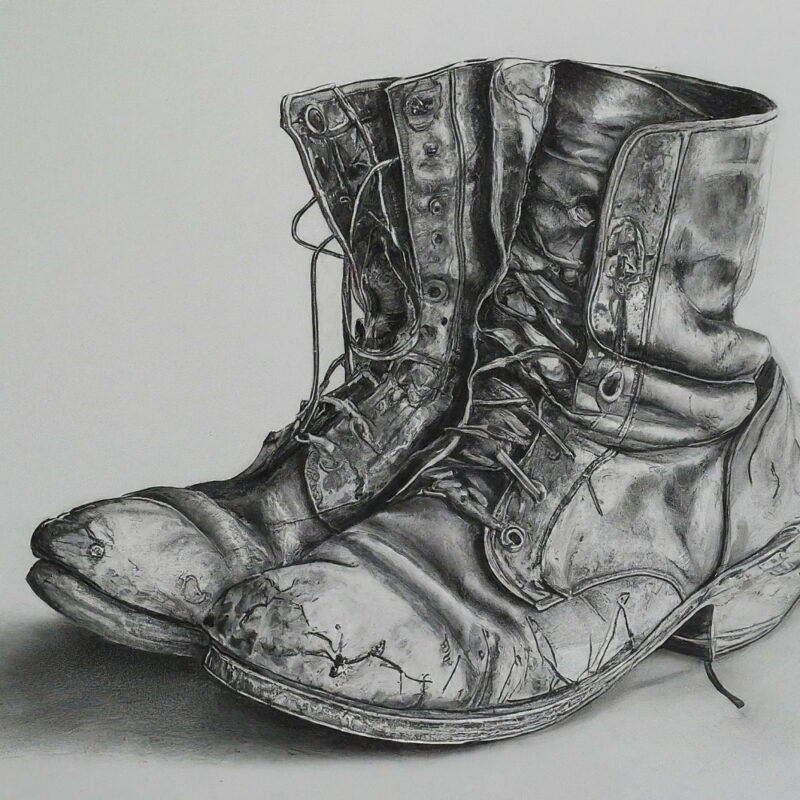Stepping Through Time
Boots are an essential part of modern fashion and practical footwear, but their history dates back many centuries. From the earliest known boots worn by ancient civilizations to the latest fashion trends, the evolution of boots is a fascinating subject that reflects the changing needs and preferences of society throughout history.
Over the years, boots have adapted to different styles and purposes, ranging from sturdy military boots to delicate lace-up boots worn by women during the Renaissance period. In this article, we will explore the history and evolution of boots, and how they have become an integral part of our modern wardrobe.
The Early Years of Boots
Boots have a long and fascinating history that spans many centuries and cultures. The earliest known boots date back to ancient times, when early civilizations created footwear to protect their feet from rough terrain and harsh climates. For example, a pair of cowhide boots dating back to 3300 BC was discovered in a cave in Armenia.
Fashion Boots in the Middle Ages and Renaissance Period
During the Middle Ages, boots became a symbol of status and fashion, worn by knights and nobles to show off their wealth and power. These early fashion boots were often decorated with intricate designs and embellishments, such as embroidery and jewels.
Boots continued to be a popular fashion statement during the Renaissance period, with styles ranging from knee-high leather boots worn by men to delicate, lace-up boots worn by women.
Practical Boots During the Industrial Revolution
The Industrial Revolution brought about significant changes in the design and manufacture of boots. The invention of the sewing machine allowed for faster and more efficient production of footwear, and new materials such as rubber and synthetic fabrics were introduced.
As a result, boots became more practical and functional, with designs that were geared towards specific activities and occupations. For example, work boots were created to protect the feet of laborers and tradespeople, while riding boots were designed for horseback riding.
Boots in the Modern Era
In the 20th century, boots continued to evolve as fashion trends shifted and new technologies emerged. During the 1960s and 1970s, boots became a symbol of rebellion and counterculture, with styles such as platform boots and go-go boots worn by musicians and fashion icons.
In recent years, boots have become an integral part of the fashion industry, with countless styles and designs to choose from. From classic leather ankle boots to trendy over-the-knee styles, boots are a versatile and stylish addition to any wardrobe.
The Timeless Appeal of Boots
The history and evolution of boots is a fascinating subject that reflects the changing needs and preferences of society throughout history. While boots have certainly come a long way from their early origins as practical footwear, they remain a timeless and essential part of any wardrobe. Whether you prefer practical work boots or fashionable high heels, there is a boot out there to suit your needs and personal taste.






